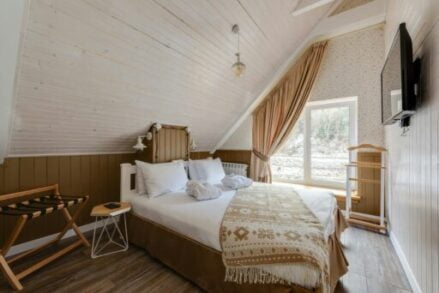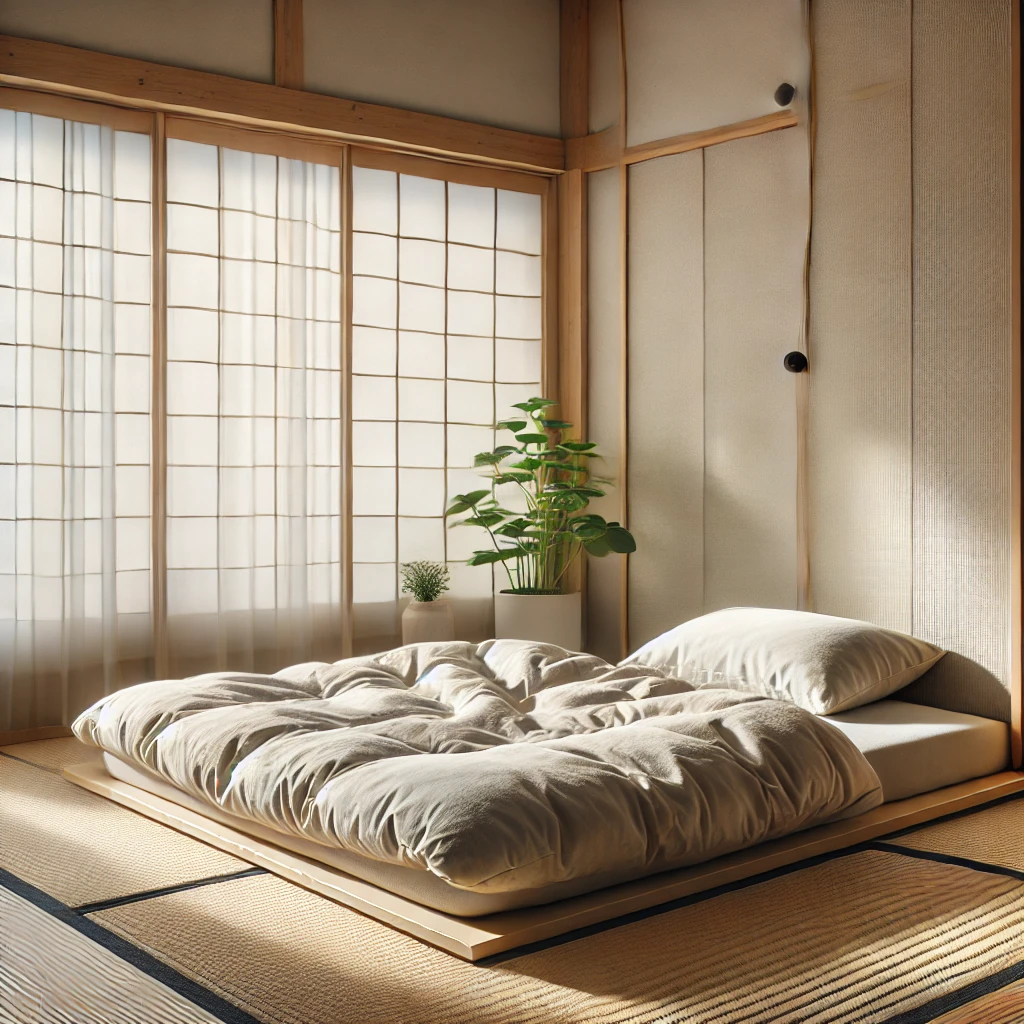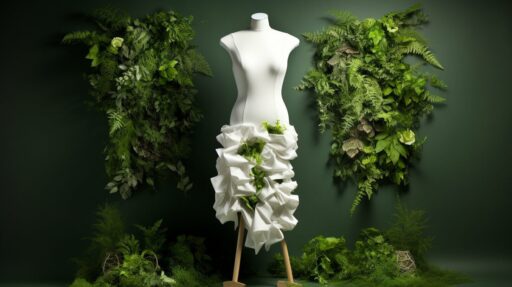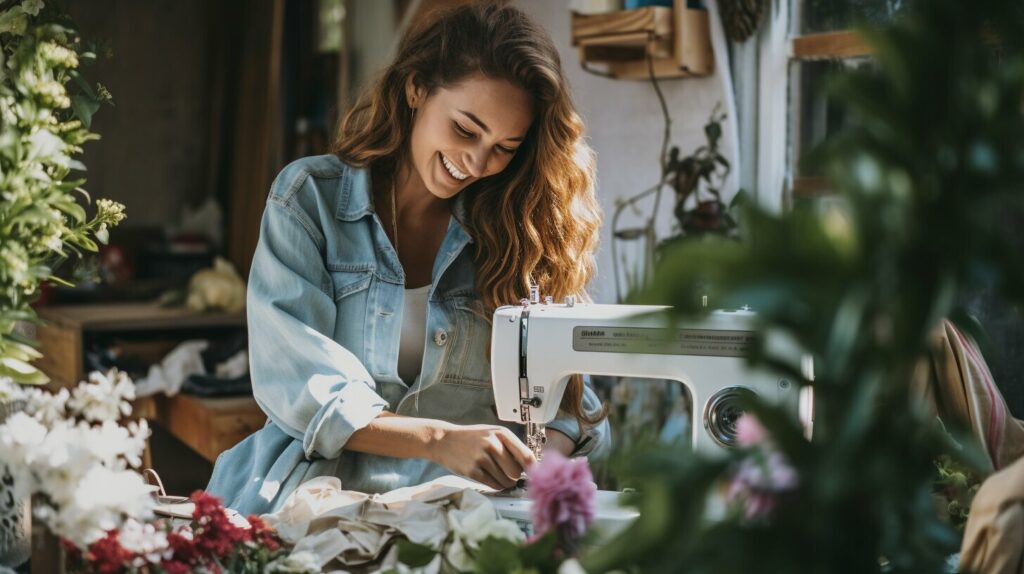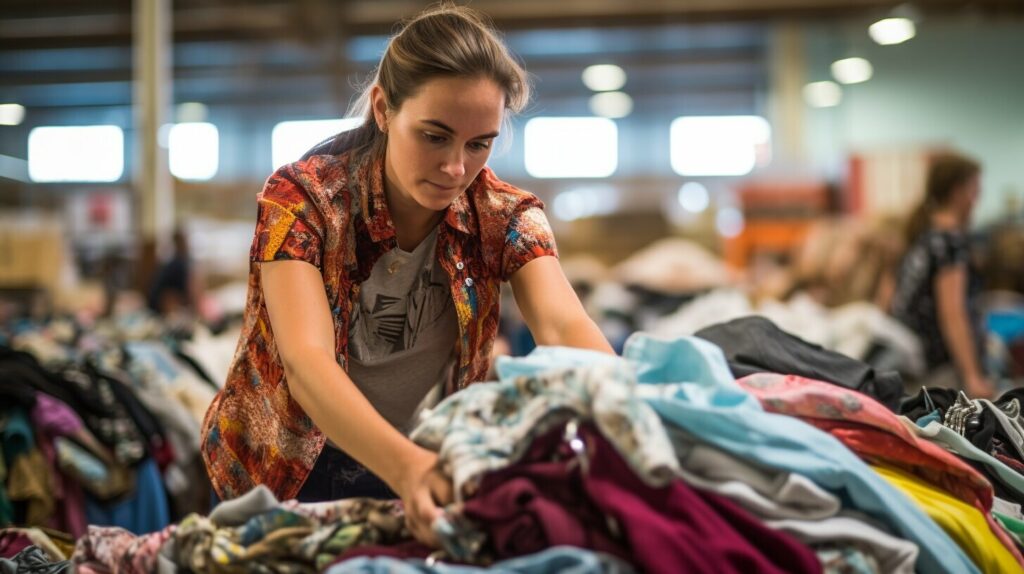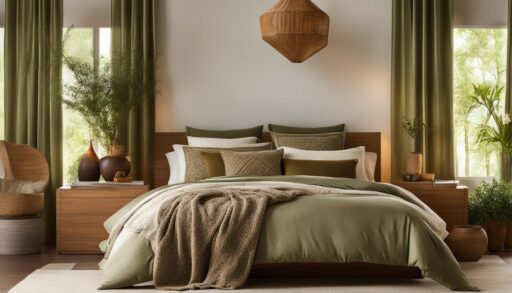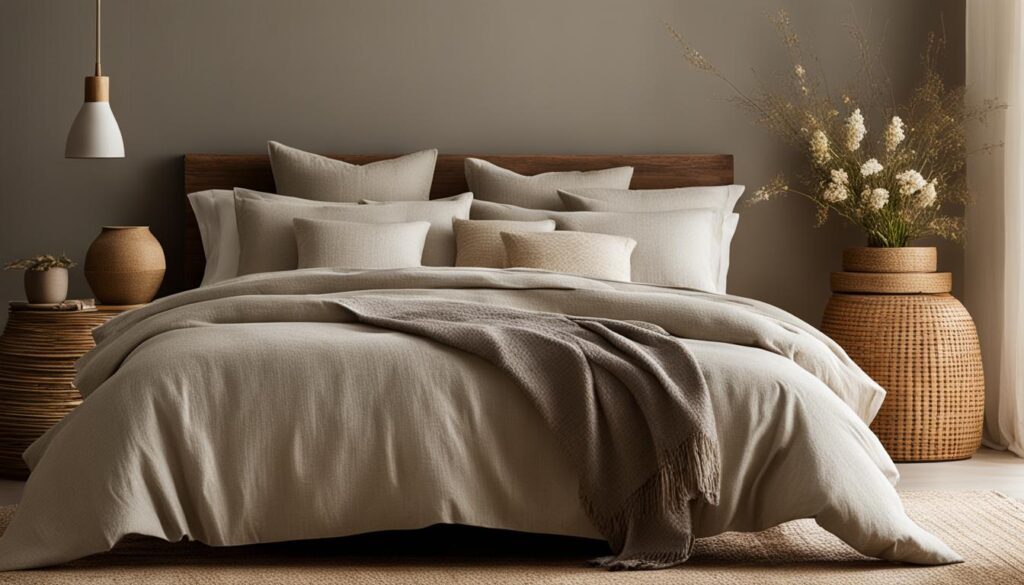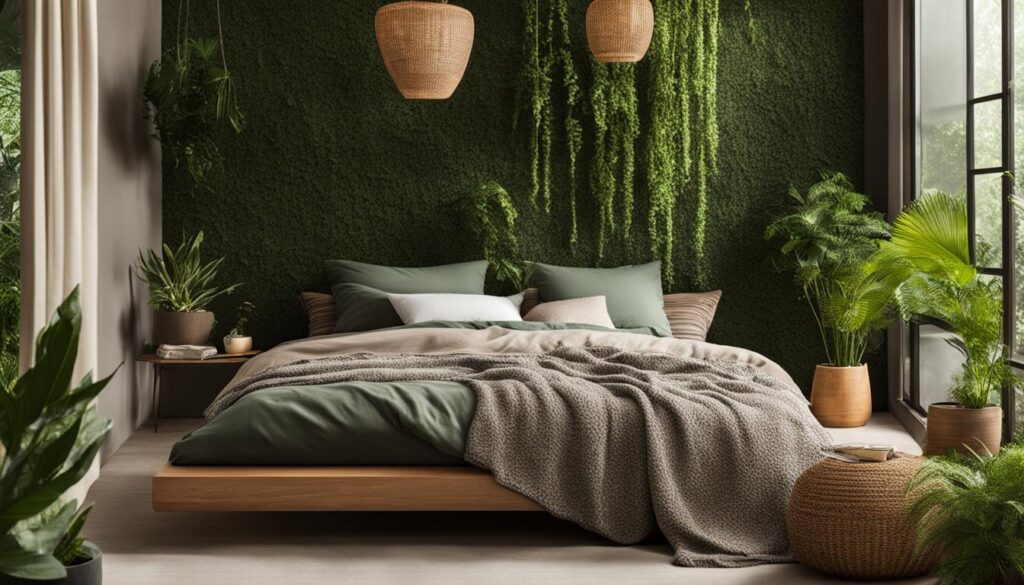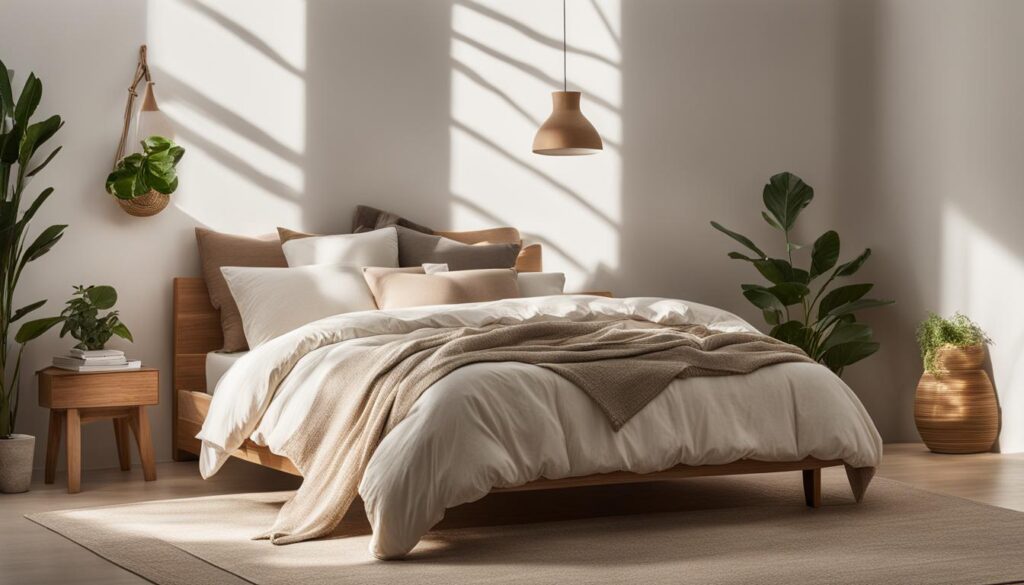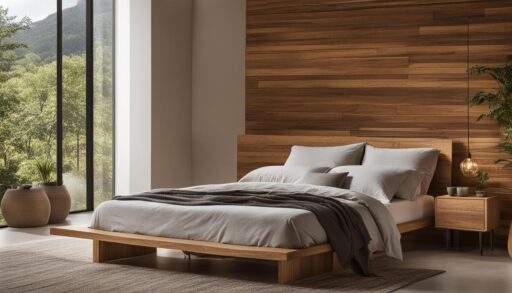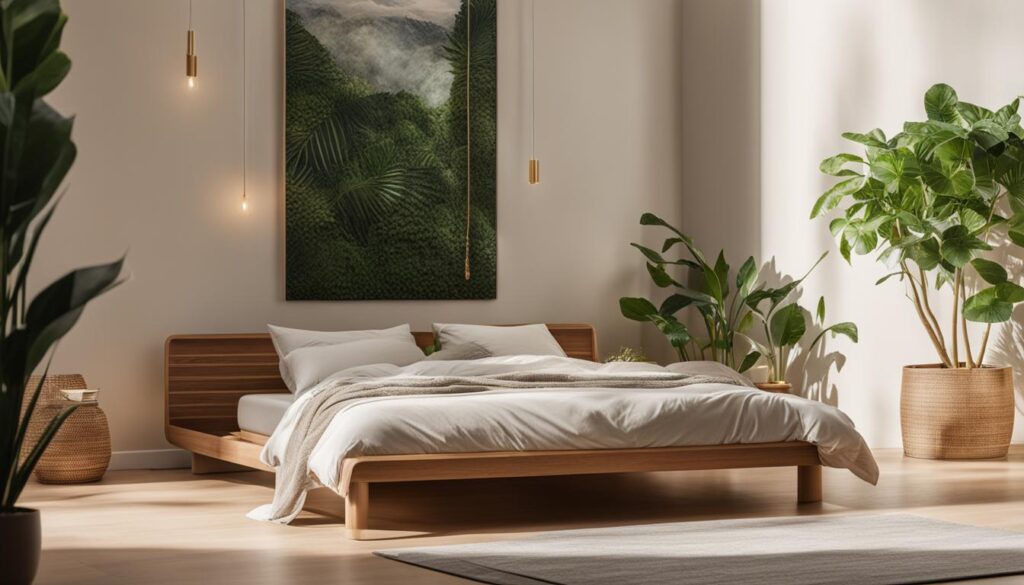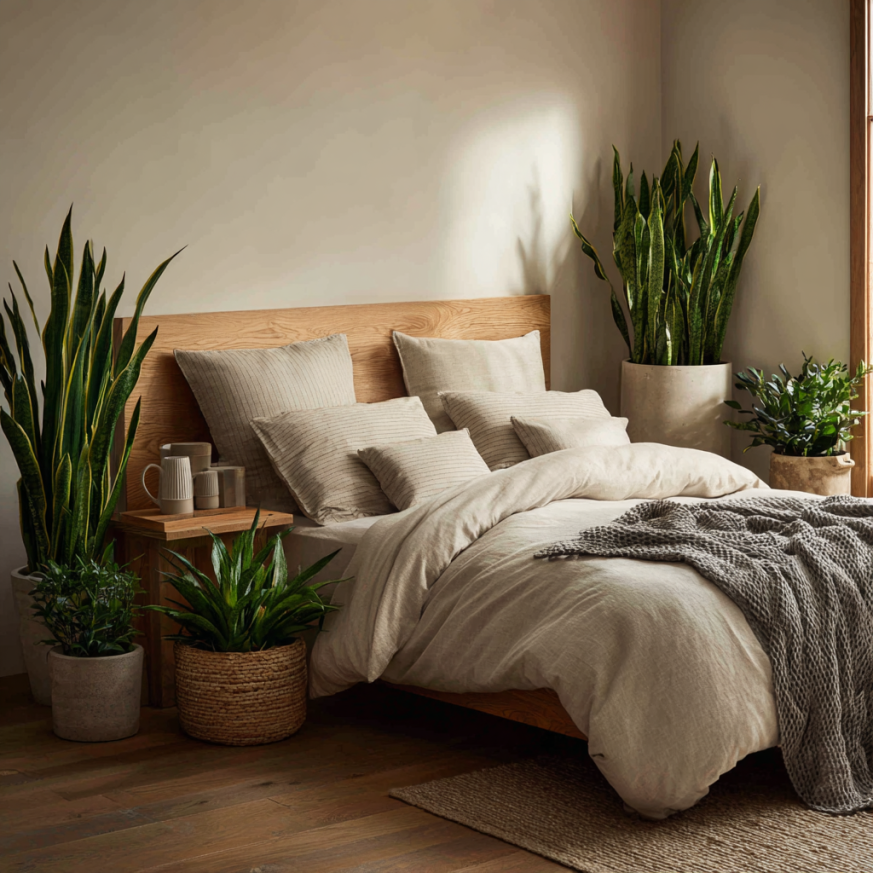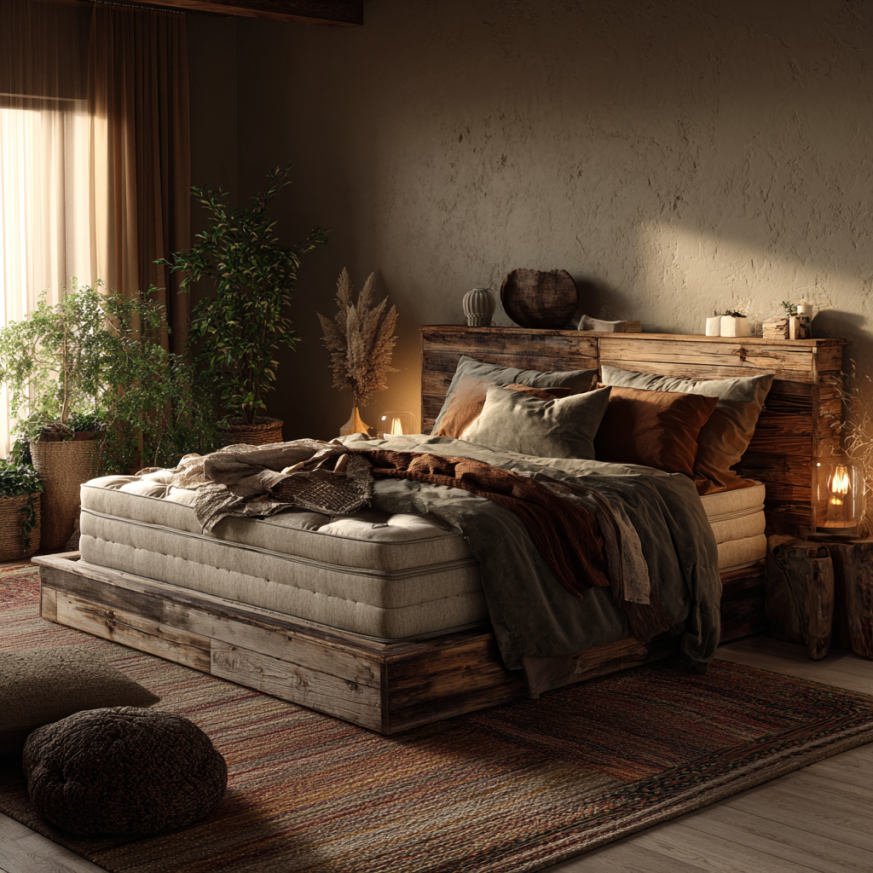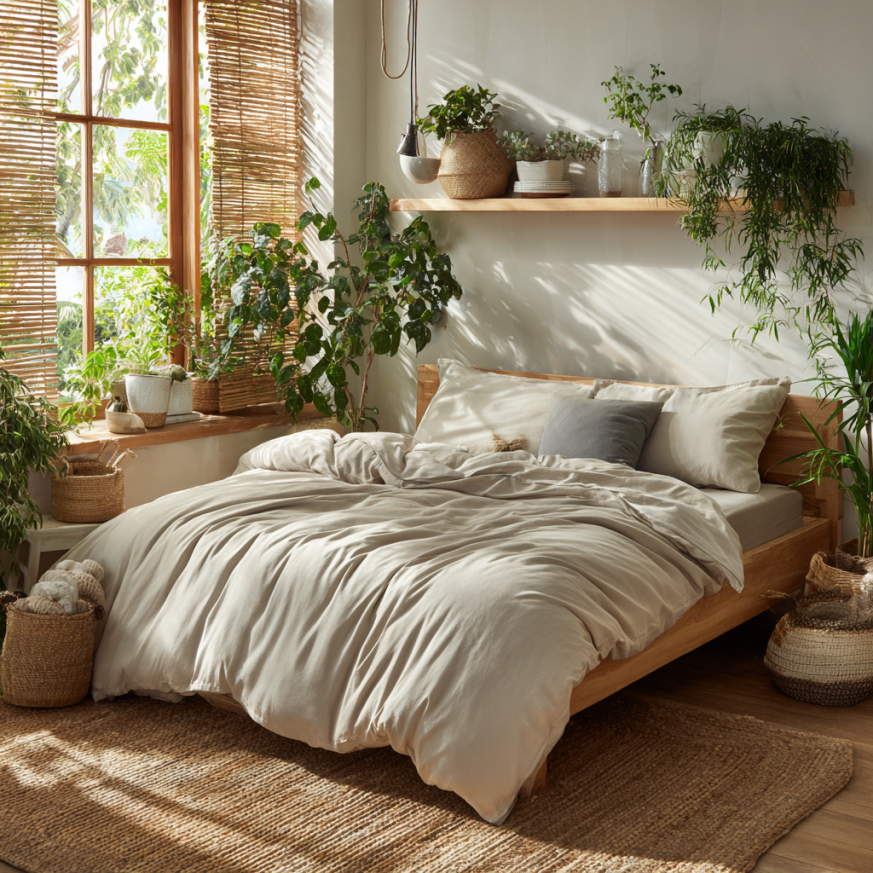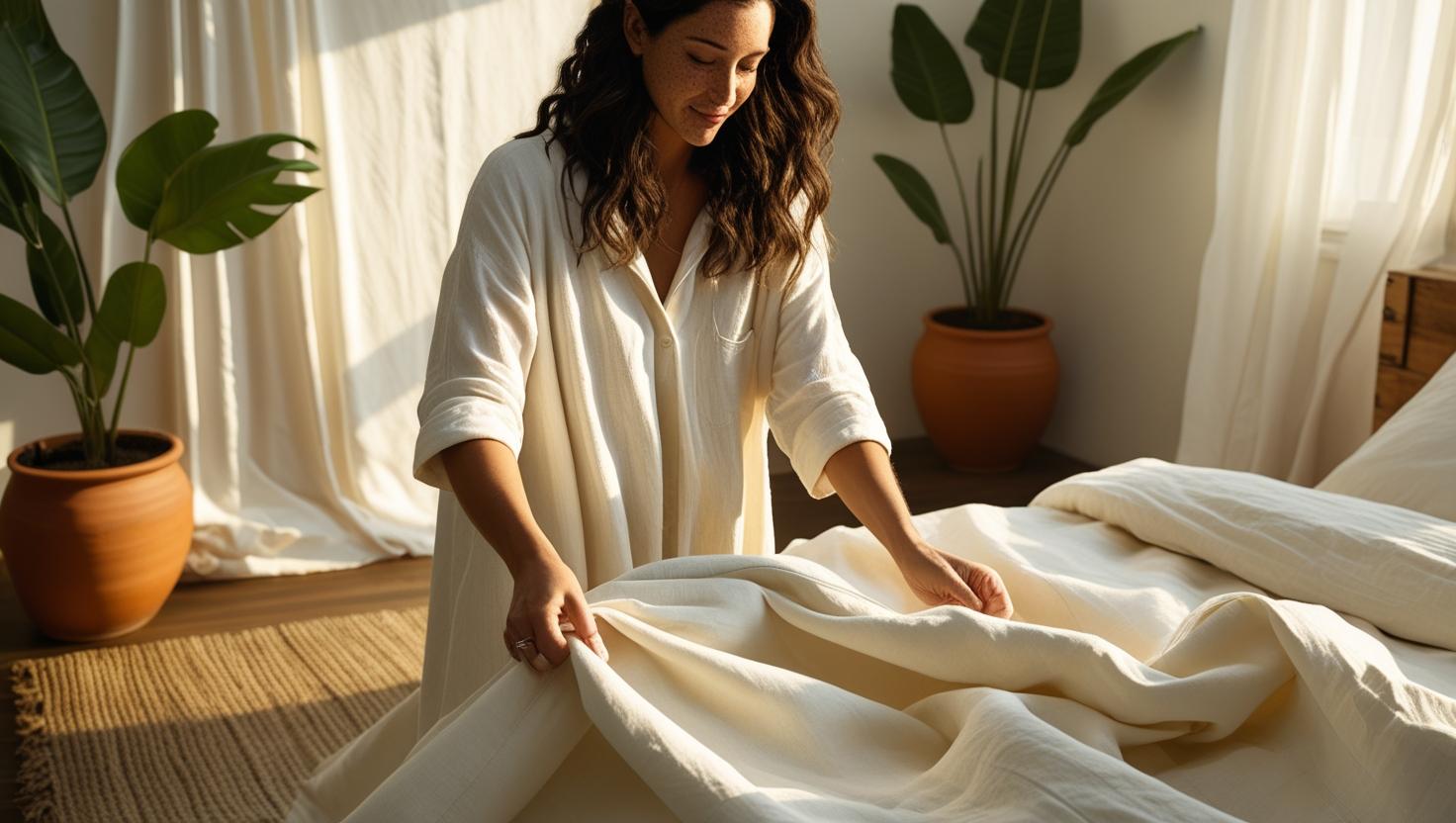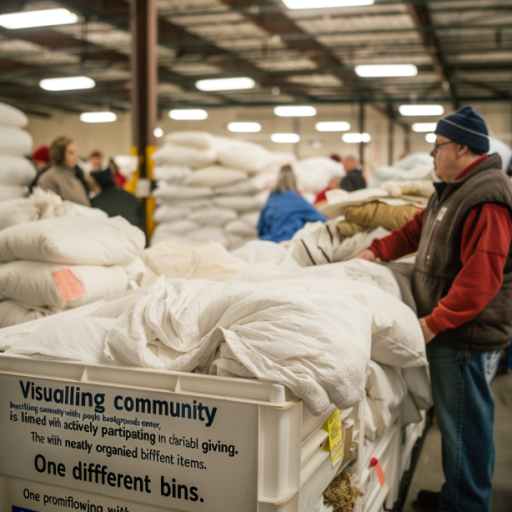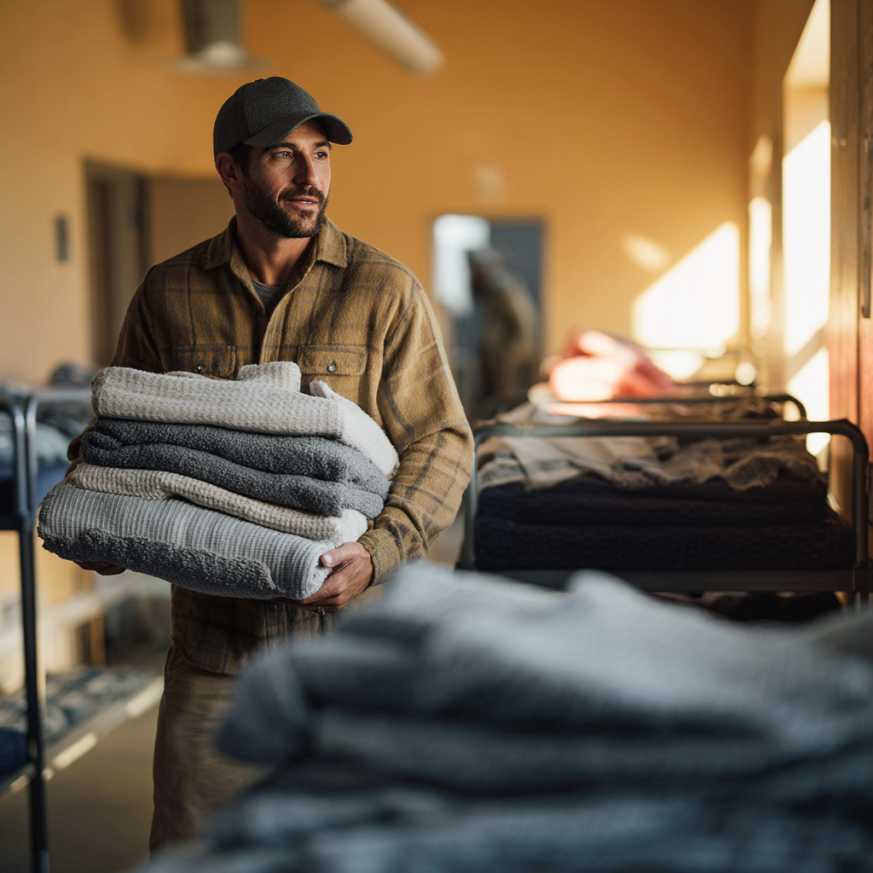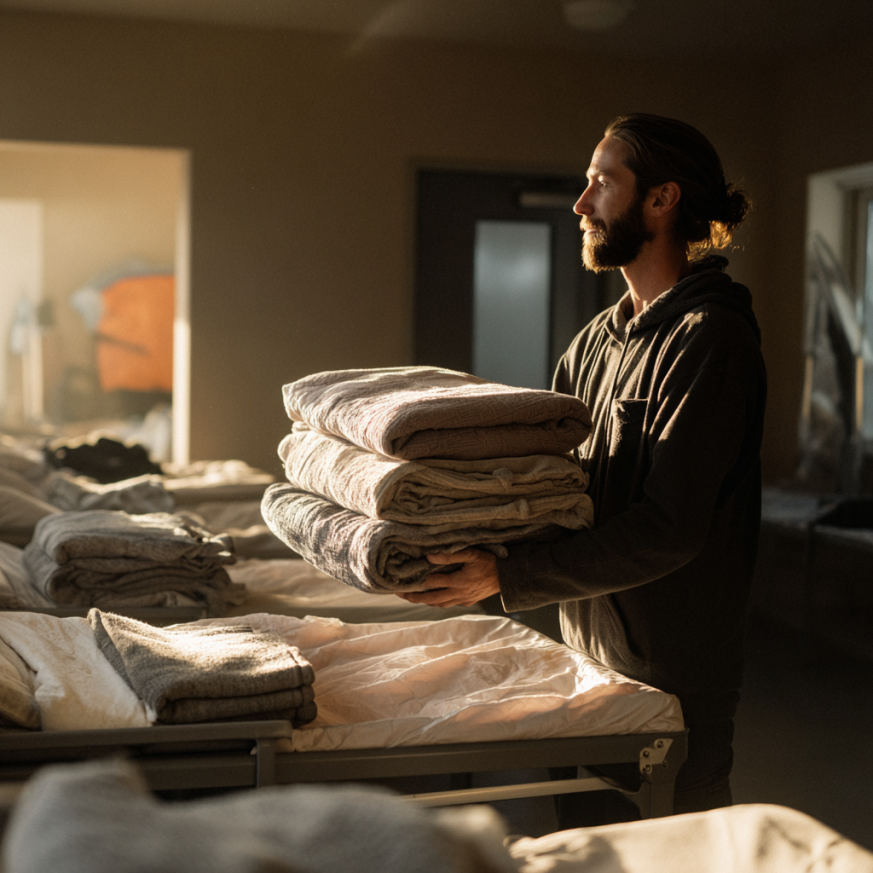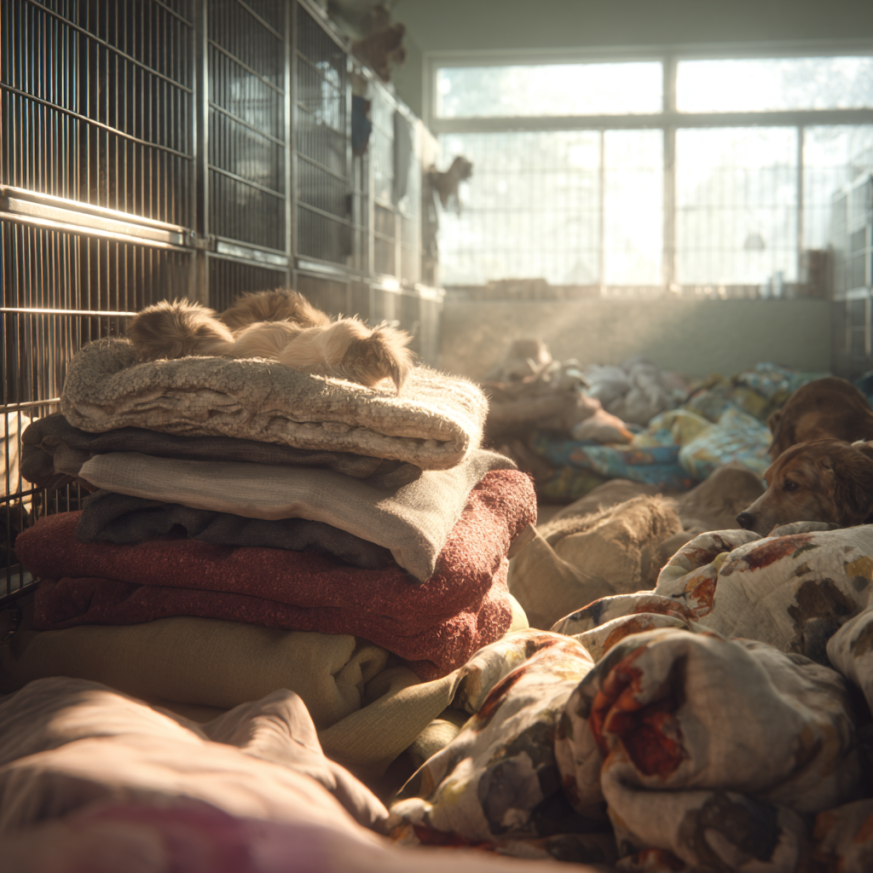Sustainable Fashion: Eco-Friendly Choices Redefining Style
In recent years, the fashion industry has witnessed a profound transformation, as consumers become increasingly conscious of the impact of their choices on the environment. The emergence of sustainable fashion has challenged traditional practices, urging both designers and consumers to rethink their approach to style. This paradigm shift encourages a more environmentally responsible approach, focusing on ethical production methods, mindful consumption, and eco-friendly materials.
Key Takeaways:
- Sustainable fashion is a movement that encourages ethical production methods and eco-friendly materials.
- Consumers play a crucial role in shaping the fashion industry towards sustainability through their choices.
- Slow fashion promotes mindful consumption and investing in long-lasting, high-quality clothing.
- Eco-friendly materials such as organic cotton, recycled fabrics, and plant-based alternatives are gaining popularity in sustainable fashion.
- Sustainable fashion not only protects the environment but also supports fair trade and workers’ rights.
The Environmental Impact of Fashion
In today’s fast fashion industry, the environmental consequences are significant and alarming. The production, distribution, and disposal of clothing contribute to water pollution, excessive waste, carbon emissions, and an expanding ecological footprint. To fully understand the impact of fashion on the environment, let’s take a closer look at some key factors:
- Fast Fashion: The fast fashion model promotes rapid production and consumption, resulting in the production of cheap, low-quality clothing that quickly goes out of style. This leads to a high turnover of clothes, resulting in excessive waste and large amounts of discarded clothing ending up in landfills.
- Water Pollution: The textile industry is one of the largest contributors to water pollution globally. The dyeing and finishing processes involve the use of toxic chemicals that are often discharged into rivers and waterways, contaminating drinking water sources and harming aquatic ecosystems.
- Excessive Waste: The fast fashion industry generates a vast amount of waste through its production and consumption practices. From unsold inventory to discarded garments, the disposal of clothing puts a strain on landfill capacities and contributes to environmental degradation.
- Carbon Emissions: The fashion industry is responsible for a significant carbon footprint. From the manufacturing processes, transportation, and energy-intensive operations to the extraction of raw materials, all stages of the fashion supply chain contribute to greenhouse gas emissions.
- Ecological Footprint: The fashion industry’s impact on biodiversity and natural resources is undeniable. The cultivation of conventional cotton, for example, requires large amounts of water, pesticides, and synthetic fertilizers, degrading soil quality and contributing to water scarcity.
To tackle these environmental challenges, the sustainable fashion movement is striving to revolutionize the industry by adopting eco-conscious practices, promoting slow fashion, and embracing innovative technologies.

“Fast fashion isn’t free. Someone, somewhere is paying.”
— Lucy Siegle
By choosing sustainable fashion, you can become an active participant in reducing the negative environmental impact of the industry. Making mindful choices as a consumer, supporting brands with ethical and sustainable practices, and embracing slow fashion are all steps you can take to contribute to a greener future.
The following table provides a summary of the environmental impact of fashion:
| Impact | Description |
|---|
| Water Pollution | Toxic chemicals from dyeing and finishing processes pollute water sources. |
| Excessive Waste | Fast fashion leads to the production of low-quality garments and contributes to landfill waste. |
| Carbon Emissions | The entire fashion supply chain contributes to greenhouse gas emissions. |
| Ecological Footprint | Conventional farming practices for materials like cotton deplete natural resources and harm biodiversity. |
The Rise of Sustainable Fashion
Sustainable fashion is gaining momentum in the fashion industry as more designers and brands embrace ethical production practices and environmentally responsible choices. By prioritizing sustainability, these forward-thinking individuals are not only reducing their ecological footprint but also setting a precedent for the industry as a whole.
One of the key drivers behind the rise of sustainable fashion is the use of innovative technologies. From fabric recycling to waterless dyeing techniques, these advancements enable designers to create fashion pieces with minimal environmental impact. By leveraging these technologies, fashion brands can offer consumers stylish and eco-friendly alternatives without compromising on quality or style.
Moreover, sustainable fashion champions ethical production, ensuring fair wages, safe working conditions, and workers’ rights. This emphasis on social responsibility addresses the exploitative practices prevalent in the fashion industry, making sustainable fashion a more ethical choice for consumers.
The Benefits of Sustainable Fashion
Choosing sustainable fashion not only helps protect the environment and promote ethical practices but also allows individuals to express their personal style. With an increasing number of sustainable fashion brands and designers, consumers now have a wide range of options to choose from, catering to diverse tastes and preferences.
Sustainable fashion encourages consumers to be conscious of their choices and make informed decisions. By opting for eco-friendly materials, such as organic cotton or recycled fabrics, individuals can support the sustainable fashion movement and contribute to a more sustainable future.
In conclusion, the rise of sustainable fashion is revolutionizing the industry by promoting ethical production and environmentally responsible choices. Through innovation and a commitment to sustainability, fashion brands and consumers alike are driving this movement towards a more conscious and stylish future.
| Benefits of Sustainable Fashion |
|---|
| Reduces environmental impact |
| Promotes ethical production |
| Offers stylish and eco-friendly alternatives |
| Supports a sustainable future |
| Allows individuals to express their personal style |

Eco-Friendly Materials
The rise of sustainable fashion has brought a renewed focus on using eco-friendly materials. Designers and brands are embracing alternatives that minimize the environmental impact of clothing production. By utilizing organic cotton, recycled fabrics, hemp, Tencel, Modal, and Piñatex, they are introducing innovative and sustainable options for consumers.
Organic cotton is grown without the use of harmful pesticides and chemical fertilizers, making it a healthier choice for both the environment and the people involved in its cultivation. It also promotes biodiversity and conserves water resources compared to conventional cotton farming methods.
Recycled fabrics, on the other hand, contribute to reducing waste and the demand for virgin materials. By transforming post-consumer or post-industrial waste into new textiles, such as recycled polyester or nylon, these fabrics provide a second life to materials that would otherwise end up in landfills.
Hemp has gained popularity for its versatility and minimal environmental footprint. It requires significantly less water than conventional crops like cotton and does not rely on pesticides during cultivation. Hemp fibers can be used to create durable and eco-friendly textiles suitable for various fashion applications.

| Eco-Friendly Material | Benefits |
|---|
| Organic Cotton | Grown without harmful pesticides, conserves water |
| Recycled Fabrics | Reduces waste, minimizes the demand for virgin materials |
| Hemp | Requires minimal water and pesticides, versatile for various fashion applications |
| Tencel | Made from sustainable wood pulp, biodegradable |
| Modal | Sustainably sourced wood pulp, soft and breathable |
| Piñatex | Cruelty-free leather alternative made from pineapple leaf fibers |
Tencel and Modal are examples of sustainable materials derived from sustainably sourced wood pulp. Tencel is known for its silky texture, breathability, and biodegradability. Modal, on the other hand, is soft, smooth, and has excellent moisture-wicking properties. Both materials are eco-friendly alternatives to conventional fabrics like viscose, which often involve the use of harmful chemicals during production.
Piñatex is a cruelty-free leather alternative made from pineapple leaf fibers. It offers a sustainable and environmentally friendly alternative to traditional leather production while supporting local farming communities. Piñatex is not only a highly innovative material but also helps reduce waste from the pineapple industry.
By incorporating these eco-friendly materials into their designs, fashion brands and consumers can make a positive impact on the environment and promote a more sustainable and ethical fashion industry.
Slow Fashion Movement
The slow fashion movement is a growing trend that encourages mindful consumption and promotes the value of long-lasting clothing, craftsmanship, and fair trade. In contrast to the fast fashion industry, which focuses on producing cheap, disposable garments, slow fashion emphasizes quality over quantity. By investing in timeless pieces made with care and attention to detail, you can create a sustainable and stylish wardrobe that stands the test of time.
One of the key principles of the slow fashion movement is mindful consumption. Instead of constantly chasing the latest trends, slow fashion encourages you to carefully consider your purchases and choose pieces that align with your personal style and values. By investing in high-quality items that you truly love, you’ll not only reduce the amount of clothing waste but also create a more meaningful and curated wardrobe that reflects your individuality.
Craftsmanship is another essential element of the slow fashion movement. Slow fashion celebrates the artistry and skill of artisans and small-scale manufacturers. By supporting brands that prioritize craftsmanship, you’re not only getting beautifully crafted garments but also contributing to the preservation of traditional techniques and supporting local communities. Each piece tells a story and carries a sense of authenticity that fast fashion simply cannot replicate.
Fair trade is also a core value of the slow fashion movement. By choosing brands that prioritize fair trade practices, you can ensure that the workers involved in the production process are treated ethically and paid fair wages. This helps to create a more equitable and sustainable fashion industry, where workers’ rights are respected and valued.

In conclusion, the slow fashion movement offers a refreshing alternative to the fast-paced, disposable nature of the fashion industry. By embracing mindful consumption, valuing long-lasting clothing, supporting craftsmanship, and advocating for fair trade, you can contribute to a more sustainable and ethical fashion landscape. Remember, every purchase you make is a vote for the kind of fashion industry you want to support. Choose slow fashion for a more conscious and meaningful wardrobe.
The Role of Consumers
As a conscious consumer, you have the power to make sustainable choices and contribute to a more eco-friendly fashion industry. By staying informed and making informed decisions, you can support ethical brands, promote ethical production methods, and reduce your environmental impact.
One way to make sustainable choices is by supporting ethical brands that prioritize sustainable practices. Look for certifications such as Fair Trade or organic labels to ensure that the brands you choose align with your values. By purchasing from these brands, you are supporting their commitment to fair wages, safe working conditions, and environmental responsibility.
Another way to embrace sustainability in fashion is through thrift shopping. Opting for second-hand clothing not only reduces waste but also gives pre-loved garments a second life. Thrift stores and online marketplaces offer a wide range of unique and affordable fashion finds, allowing you to express your personal style while reducing your environmental footprint.
Repairing and upcycling your clothing is another great way to extend the lifespan of your garments. Instead of discarding items with minor damages, learn basic repair skills or find local tailors who can help you mend and alter your clothes. Additionally, get creative with upcycling by transforming old pieces into new and unique creations. This not only reduces waste but also allows you to express your creativity and individuality.

Table: Sustainable Choices
| Sustainable Choices | Benefits |
|---|
| Supporting ethical brands | – Promotes fair wages and safe working conditions – Reduces environmental impact |
| Thrift shopping | – Reduces waste – Offers unique and affordable fashion finds |
| Repairing and upcycling | – Extends the lifespan of clothing – Reduces waste – Encourages creativity |
By actively engaging in conscious consumption and embracing sustainable choices, you can play a vital role in shaping the future of the fashion industry. Your actions have the power to drive positive change, protect the environment, and support ethical practices. Together, we can create a more sustainable and stylish world.
The Impact on the Fashion Industry
As consumers become more conscious of their choices and actively seek sustainable options, the fashion industry is undergoing a significant transformation. The adoption of sustainable choices has become imperative for fashion brands to survive in an increasingly ethical-driven consumer landscape. The shift towards eco-friendly fashion is not only crucial for protecting the environment but has also become a necessary survival strategy for the industry as a whole.
Forward-thinking fashion brands have recognized the importance of sustainability and have started integrating ethical practices into their core values. These brands are leading the way for others to follow suit, setting a new standard for the industry and redefining the concept of fashion. By prioritizing sustainable production methods, transparent supply chains, and environmentally friendly materials, these brands are aligning themselves with the values and expectations of conscious consumers.
The impact of sustainable choices on the fashion industry is not limited to environmentally conscious production. It extends to the entire supply chain, encompassing fair wages, safe working conditions, and workers’ rights. Ethical consumption is becoming a priority for consumers, who are demanding transparency and accountability from the brands they support.
The Future of Fashion: A Sustainable Evolution
In order to thrive in this new era, fashion brands must adapt to meet the demands of conscious consumers. This means embracing sustainability as the new norm and implementing sustainable practices throughout all aspects of their operations. It involves investing in innovative technologies that reduce environmental impact, exploring alternative materials, and rethinking traditional fashion cycles.
As the fashion industry continues to evolve, it is becoming increasingly clear that sustainability is not just a trend; it is a fundamental shift in the way we approach fashion. The future of fashion lies in the hands of brands that are willing to embrace this evolution and make sustainable choices a priority. By doing so, they not only contribute to a healthier planet but also secure their place in a fashion industry that values ethics, transparency, and environmental consciousness.

Table: The Growth of Ethical Consumption in the Fashion Industry
| Year | Percentage of Consumers Prioritizing Sustainable Fashion |
|---|
| 2015 | 30% |
| 2016 | 38% |
| 2017 | 46% |
| 2018 | 54% |
| 2019 | 63% |
Conclusion
Sustainable fashion is a powerful movement that is redefining style through eco-friendly choices. By prioritizing ethical practices and environmental consciousness, sustainable fashion offers individuals an opportunity to express their personal style while making a positive impact on the world.
With a focus on ethical production methods, sustainable fashion ensures that workers receive fair wages, safe working conditions, and respect for their rights. By supporting brands that prioritize sustainability, you contribute to a fashion industry that values people and the planet.
Embracing sustainable fashion means embracing a lifestyle that fosters creativity, ethics, and environmental consciousness. By making mindful choices, such as opting for eco-friendly materials and buying high-quality, timeless pieces, you can reduce waste and support a more sustainable future.
Let’s redefine style together. Choose sustainable fashion and be part of the movement that not only looks great but also makes a difference. By embracing ethical practices and environmental consciousness, you can shape the fashion industry into a force for positive change.
FAQ
What is sustainable fashion?
Sustainable fashion refers to the adoption of ethical and eco-friendly practices in the fashion industry. It focuses on reducing the negative environmental impact of clothing production and promoting mindful consumption.
How does fast fashion contribute to environmental damage?
Fast fashion, known for its quick turnover of trendy clothing, contributes to water pollution, excessive waste, and carbon emissions. The manufacturing process of conventional clothing involves toxic chemicals, unsustainable farming practices, and excessive energy consumption.
What are eco-friendly materials used in sustainable fashion?
Eco-friendly materials used in sustainable fashion include organic cotton, recycled fabrics, hemp, Tencel, Modal, and Piñatex. These materials reduce the demand for virgin materials, require minimal water and pesticides, and offer cruelty-free alternatives to leather.
What is the slow fashion movement?
The slow fashion movement advocates for mindful consumption and long-lasting clothing. It emphasizes investing in high-quality, timeless pieces that transcend seasonal trends. Slow fashion supports craftsmanship, uniqueness, and fair trade, thereby supporting local artisans and small-scale manufacturers.
How can I contribute to sustainable fashion as a consumer?
As a conscious consumer, you can contribute to sustainable fashion by supporting ethical brands, shopping at thrift stores or second-hand markets, and learning basic repair skills or upcycling your clothing. By making informed decisions and choosing sustainable choices, you can help promote a more eco-friendly fashion industry.
What is the impact of sustainable fashion on the fashion industry?
The rise of sustainable fashion has put pressure on the fashion industry to adapt to more environmentally responsible practices. Forward-thinking brands have begun integrating sustainable practices into their core values, setting an example for others. Embracing sustainable choices is not only crucial for protecting the environment but also a necessary survival strategy in an increasingly ethical-driven consumer landscape.
How does sustainable fashion redefine style?
Sustainable fashion offers an opportunity to redefine style through eco-friendly choices. By prioritizing ethical production methods, eco-friendly materials, and mindful consumption, sustainable fashion allows individuals to protect the environment while expressing their personal style. Embracing sustainable fashion means embracing a lifestyle that prioritizes creativity, ethics, and environmental consciousness.
Source Links




